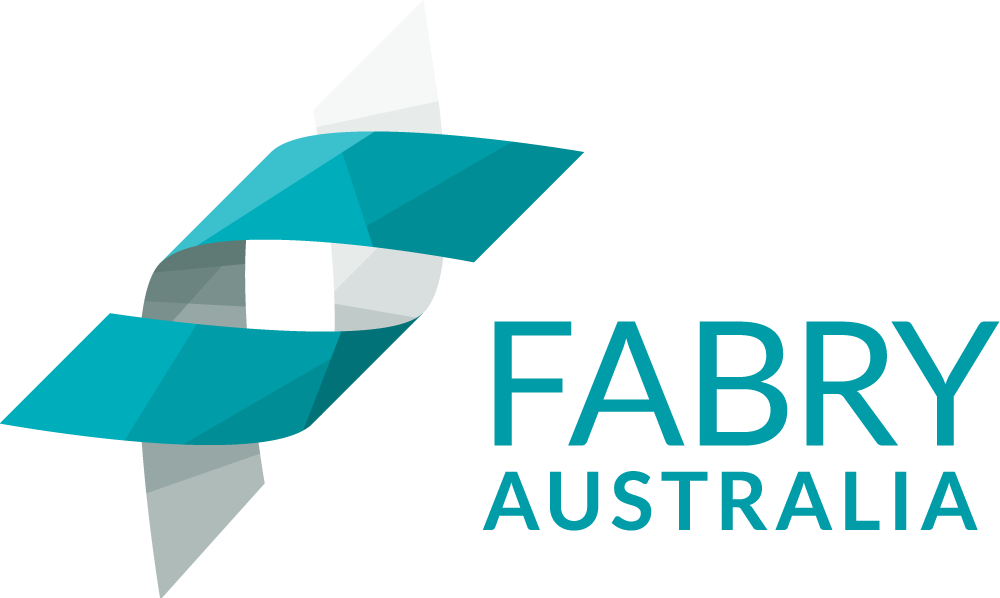Celebrating 30 years of Fabry Australia with ‘30 Fabry Stories, from the Australian Fabry Community.’
Associate Professor Carolyn Ellaway is a Clinical Geneticist in Metabolic Genetics at the Children’s Hospital Westmead in Sydney. She treats the majority of children with Fabry disease in NSW.
“Children can feel like they’ve been heard, that there is an answer to their symptoms.”
 I started working with Fabry patients 15 years ago when, as a staff specialist with the Genetic Metabolic service at the Children’s Hospital Westmead in Sydney, a colleague started to refer the children of adults with Fabry to me. I have now probably managed the majority of children in New South Wales with Fabry disease.
I started working with Fabry patients 15 years ago when, as a staff specialist with the Genetic Metabolic service at the Children’s Hospital Westmead in Sydney, a colleague started to refer the children of adults with Fabry to me. I have now probably managed the majority of children in New South Wales with Fabry disease.
I became interested in rare genetic conditions when I was in my first year of paediatric training at the Royal Children’s Hospital in Melbourne. I was exposed to all sorts of rare diseases and neurological conditions. I found it fascinating.
I’ve learnt a great deal about Fabry and feel like I can help patients along their Fabry journey, from the initial diagnosis to how we’re going to manage it, including treatment and ongoing care.
With a patient we are on a journey together. I care for children until they turn 18, when they transfer to the adult clinic.
Treating children is different to adults. We don’t necessarily start treatment immediately at the time of diagnosis for children. Enzyme replacement therapy is onerous and it does interrupt their learning and social interactions.
Obviously, we want to start treatment as early as we can to prevent irreversible organ damage, but it’s a balance. We may use other therapies to improve impacts, such as pain relief and small changes to their lifestyle.
How do children and families react to a rare disease diagnosis? There are many different emotions. Children can feel like they’ve been heard, that there is an answer to their symptoms.
Often children suffer with neuropathic pain and gastrointestinal problems and no one can understand what they’re experiencing or why. For families and parents there can be feelings guilt of passing on a genetic disease.
Children may have seen Fabry affect their parents or wider family, so managing anxiety is a big part of the role. Knowing we have identified the condition early in childhood can give some comfort.
There’s so much fear and uncertainty after a diagnosis, so having a support group like Fabry Australia is important for patients and their family. It is also a great resource for clinicians, especially those unfamiliar with Fabry.
We’ve still got a lot of work to do to get an early diagnosis so we can treat children sooner. Fabry isn’t an older person’s disease. Children can have significant symptoms and we need more awareness that children can suffer.
For children on treatment, we monitor the progress of Fabry to make sure its effective and improving symptoms, such as reducing the severity and frequency of neuropathic pain. Organ issues such as cardiac or kidney function decline may not be apparent in children. We try to minimise the impact on their quality of life.
Ultimately, we need long term data to determine if starting enzyme replacement therapy at certain ages is going to alter long-term outcomes, but I suspect it will.
Into the future, I hope there’ll be new therapies that don’t require fortnightly infusions or less frequent ones. We are moving into an era of precision medicine where we can select treatment tailored to the individual patient. I think having that choice is pretty exciting.
Wouldn’t it be amazing if we could cure Fabry? There’s still a lot of research to go with that but it’s promising.
